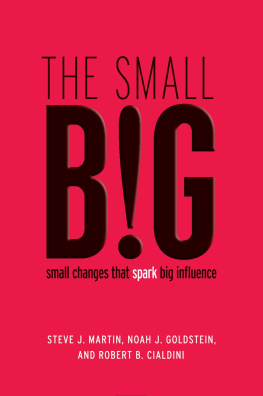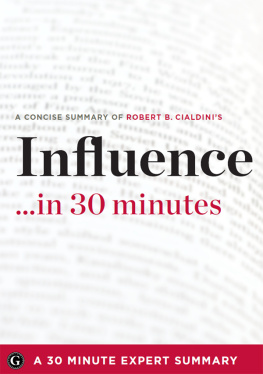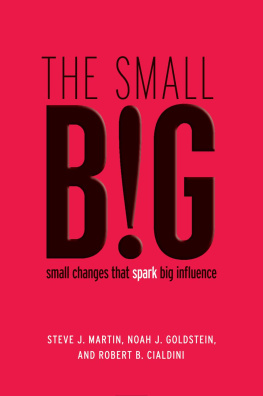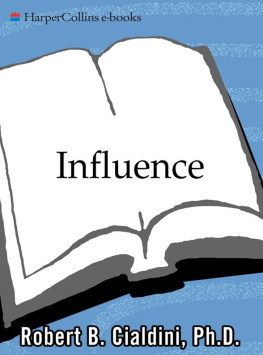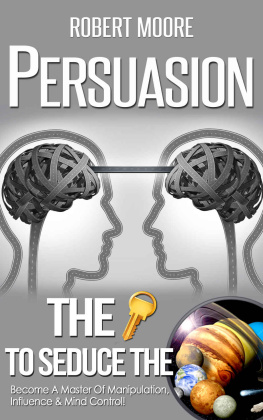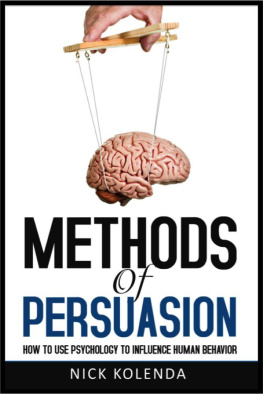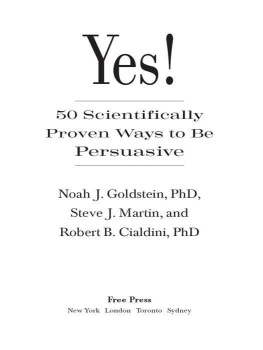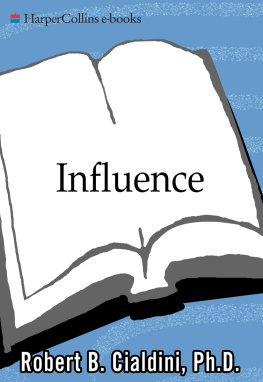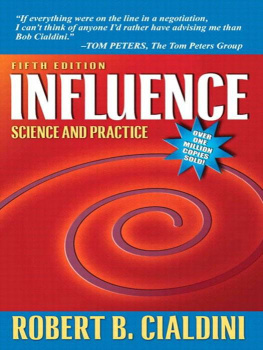B ritney Spears hit the headlines for hers. So did the actors Grard Depardieu and Lindsay Lohan. But celebrity no-shows arent just limited to court appearances (or, more accurately, nonappearances). Some celebrities even let down their own fans. The British rock band Oasis earned a reputation for being somewhat less than reliable when it came to show time, and the US country-and-western singer George Jones failed to show up to his concerts on such a regular basis that, for years, he was known to fans as No-Show Jones.
Unlike these headline grabbers, the no-shows in everyday life dont get much attention. A diner fails to honor a restaurant booking; a citizen misses jury service; a meeting slips the mind of a busy executive; a friend forgets to meet for coffee; or a patient fails to show up for a medical appointment.
Viewed in isolation, these missed appointments dont seem that costly. But every year millions of business meetings, hairdresser appointments, restaurant reservations, sales presentations, and student tutorials are missed. And, when scaled up, these small lapses can have an enormous financial impact.
Take someone who fails to show up for a medical appointment. At first glance its no big deal. One could easily imagine a busy, overloaded physician viewing a patient no-show as a rare opportunity to catch up on paperwork, make a few calls, or take a short break. But when such incidents become regular occurrences, the cumulative impact of inefficiency, lost income, and sunken costs can be huge. In the United Kingdom no-shows are estimated to cost the National Health Service some 800 million every year; in the United States, some healthcare economists estimate that no-shows create billions of dollars in losses.
In the hospitality industry, when patrons fail to show up for their reservations, restaurants can experience a decline in revenues, dwindling profits, and, if the no-show numbers go uncorrected, even closure.
Other businesses suffer when costly meetings need to be rescheduled because an individual crucial to the decision-making process fails to arrive, or because potential clients who accepted an invitation to a sales presentation, trade show, or convention turn out to be no-shows.
So what can be done?
Fortunately when it comes to persuading people to keep their appointments and, more generally, to live up to their commitments, small changes can have a big impact. In a recent study that we carried out in health centers, we implemented two small changes that resulted in a significant reduction in no-shows. Both changes were costless to implement, but their financial impact could be huge, potentially enabling the healthcare providers concerned to save tens of millions of dollars every year.
We will describe what those two small changes were in one of the chapters that follows (chapter 8 if you cant wait), but it is important to recognize that persuading someone to keep an appointment is just a single example of an influence challenge. There are hundreds of things we need to persuade others to do in lots of different situations and environments.
Regardless of who we need to persuade, what we will consistently reveal throughout this book is a simple truth: When it comes to influencing the behaviors of others, it is often the smallest changes in approach that make the biggest differences.
This is a book about how to influence and persuade others in effective and ethical ways. It offers usable information about lots of small but key changes (more than 50 in fact) that you can employ immediately. Importantly, within the chapters that follow, we wont rely on hunches or guesses to identify which particular changes might bring about significantly transformed responses. Instead we will offer evidence based on a large body of persuasion science to show you precisely which small changes can bring about big effects across a wide range of situations.
Over thirty years ago one of us (Robert Cialdini) published Influence: The Psychology of Persuasion. That book described the six universal principles of persuasion, identified from a review of the available scientific evidence at the time and from Cialdinis own comprehensive three-year field study. Since then, researchers have confirmed these six principles, and practitioners in all sorts of fields continue to put them to use. They are reciprocity (people feel obligated to return favors performed for them), authority (people look to experts to show them the way), scarcity (the less available the resource, the more people want it), liking (the more that people like others, the more they want to say yes to them), consistency (people want to act consistently with their commitments and values), and social proof (people look to what others do in order to guide their own behavior).
In our follow-up book, Yes! 50 Scientifically Proven Ways to Be Persuasive, we offered updated and specific advice about how to employ these principles as well as numerous other strategies informed by persuasion science.
But science rarely stops to take a breath.
Over the last few years, more and more research from fields such as neuroscience, cognitive psychology, social psychology, and behavioral economics has helped to uncover an even greater understanding of how influence, persuasion, and behavior change happen. In this new book, well review more than 50 of these new insights and ideas with the majority drawn from research conducted over the last few years.
We have purposely written these insights as short chapters; each should take, on average, no longer than ten minutes or so to read. That will be enough time to allow you to understand the psychological mechanism at play that we, and many other researchers, have confirmed through scientific studies. Well then quickly move to how you can practically apply the idea or insight across a range of contextsin business and workplace settings with colleagues, clients, and coworkers; at home with your friends and neighbors; and in a host of other common interactions you may encounter. We will also discuss how to apply these ideas in many common situations, such as face-to-face interactions, group meetings, telephone conversations, email exchanges, and online or social media networks.
In addition to mining insights from the latest persuasion science there is something else new about the material in this bookits focus on the theme of small changes that lead to big effects. For the first time, well be considering how to influence and persuade others (in entirely ethical ways) by considering only the smallest changes that are likely to lead to the biggest effects.
We call this type of change a SMALL BIG.
We think that this focus on scientifically informed, small yet high-impact changes is critically important because the approach that people typically use to persuade others is becoming increasingly ineffective.

